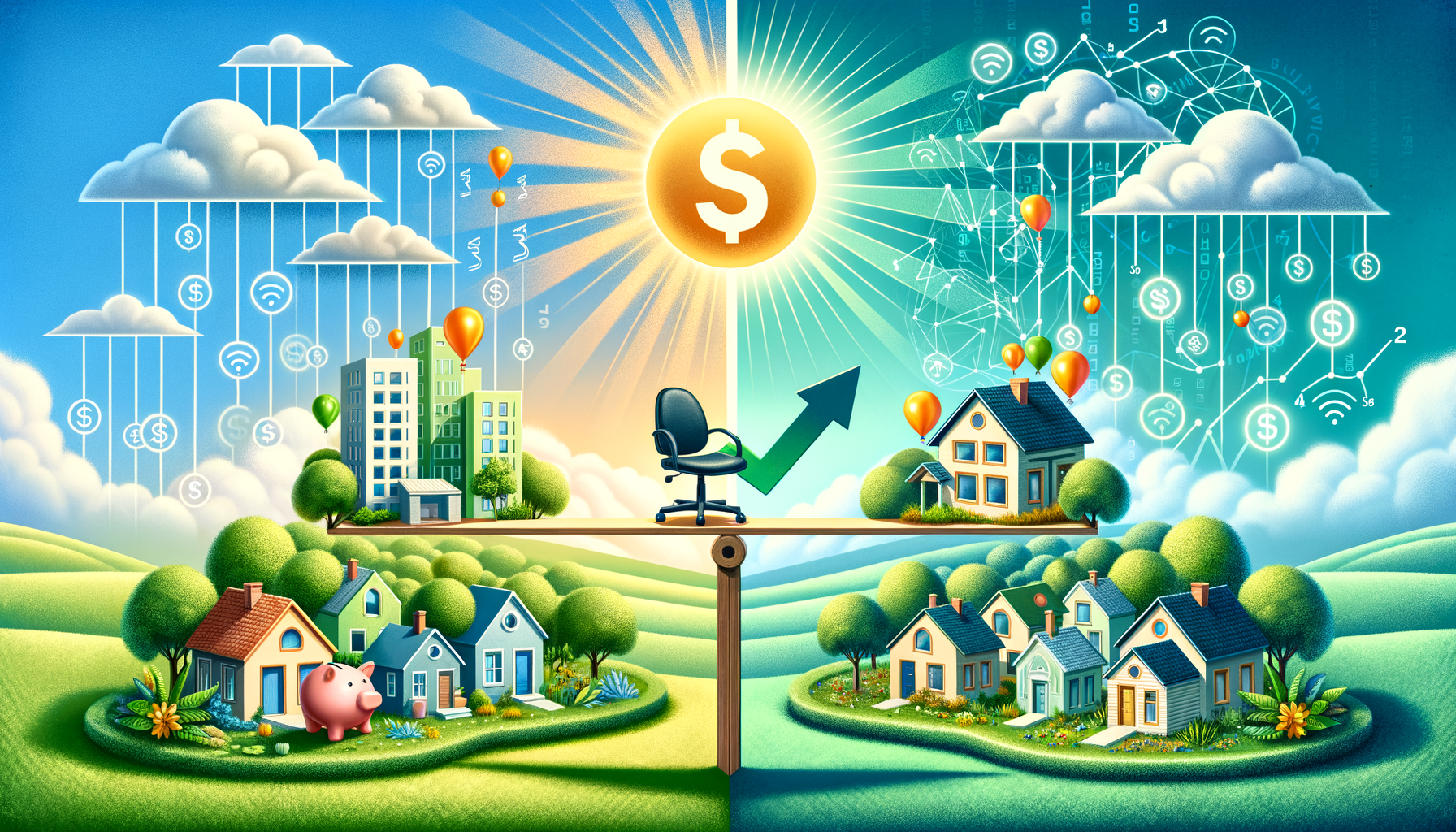“Consumer Confidence in Housing Market Soars to a Two-Year High: A Deep Dive”

With the year showing signs of financial recovery and stronger economic footing, consumer attitudes towards housing have improved, reaching a peak not seen in two years. This optimistic outlook on the housing market indicates a rising faith in the property market, thanks to factors like the stability in job markets, the rise in consumer savings during the lockdown, and historically low mortgage interest rates.
Consumer attitudes towards homeownership usually involve considering many factors. Primarily, it encompasses the confidence in home-selling conditions, the pricing of homes, and the public’s faith in the economy’s trajectory. Interestingly, a surge in such confidence can have a ripple effect on the housing market, leading to increased purchasing and selling activities and even bringing notable impact to the national economy.
For the past two years, the sentiment surrounding homeownership had been fluctuating. However, recent trends show that the sentiment has been improving and reached almost a similar level to the highest peaks. This rise suggests an increased interest and confidence in purchasing homes, mainly driven by historically low mortgage rates and the application of technology in the real estate sector.
Low mortgage rates have been a critical driver of this growing positive sentiment. First, they make home ownership more affordable, enabling financially reticent buyers to take the leap. Second, they present a fantastic opportunity for existing homeowners to refinance their mortgages at lower rates, freeing up much-needed funds in a potentially tight economy.
Yet, low mortgage interest rates aren’t the only factor behind this spike in positive housing sentiment. The rise in the number of remote workers has seen a shift in housing needs and preferences. With more and more people working from home, the demand for homes that can accommodate workspaces has grown, many opting for modestly priced homes in less densely populated areas over premium properties in city centres.
Additionally, the technological advancements implemented by various real estate companies have made home buying more accessible and convenient than ever. With virtual tours and digital transactions, people can buy homes without leaving their comfort zones, thus mitigating health risks amidst the ongoing pandemic.
While it’s true that the housing market continues to show promising growth and potential, it’s vital that we take note of the other side of the coin – housing affordability. The surge in demand for housing coupled with limited supply has led to an increase in house prices, making affordability a significant challenge for many potential homeowners.
Even with the benefits of low mortgage rates and the increased demand for remote work-friendly homes, the fact remains that home prices continue to escalate. These high prices, coupled with the slow pace of wage growth, have raised concerns about housing affordability for average citizens.
Surprisingly, despite the affordability crisis, the positive sentiment towards housing continues to climb. This indicates that Americans still view homeownership as a pivotal and achievable part of the American Dream.
Furthermore, besides the positive sentiment towards buying homes, homeowners also express increasing confidence in home-selling conditions. This enthusiasm is primarily a result of the surge in home prices, which signals potential profits for home sellers. Consequently, the current market dynamics are not only encouraging more people to buy homes but also motivating owners to sell, which can stimulate the housing market further.
Optimism towards the housing market has further broadened due to the stability of employment conditions. The job market has shown signs of rebounding after the economic shocks induced by the pandemic, leading to improved consumer confidence. Also, during the lockdown, many households have been able to save more, which founds a base for possible home purchases.
However, while recent trends highlight the increased positive sentiment towards housing, it’s crucial to understand that the rising costs of housing and potential inflation can still bear an impact on this sentiment. Measures need to be taken to balance the surge in demand with a proportionate increase in supply, which will go a long way in maintaining this positive streak.
In conclusion, the mounting sentiment towards homeownership is a promising sign not just for individual homebuyers and sellers, but also for the broader national economy. However, unless steps are taken to ensure affordability, the potential benefits might not be realized. Despite this, the boost in consumer sentiment provides ample hope and optimism for the future of housing. It’s a clear sign that faith in the housing market is making a notable return, painting a rosy picture for the future of the real estate sector and the economy as a whole. Encouragingly, Americans seem to retain their belief in homeownership as an attainable and essential part of their dreams, reflecting their resilient spirit amid challenging times.
